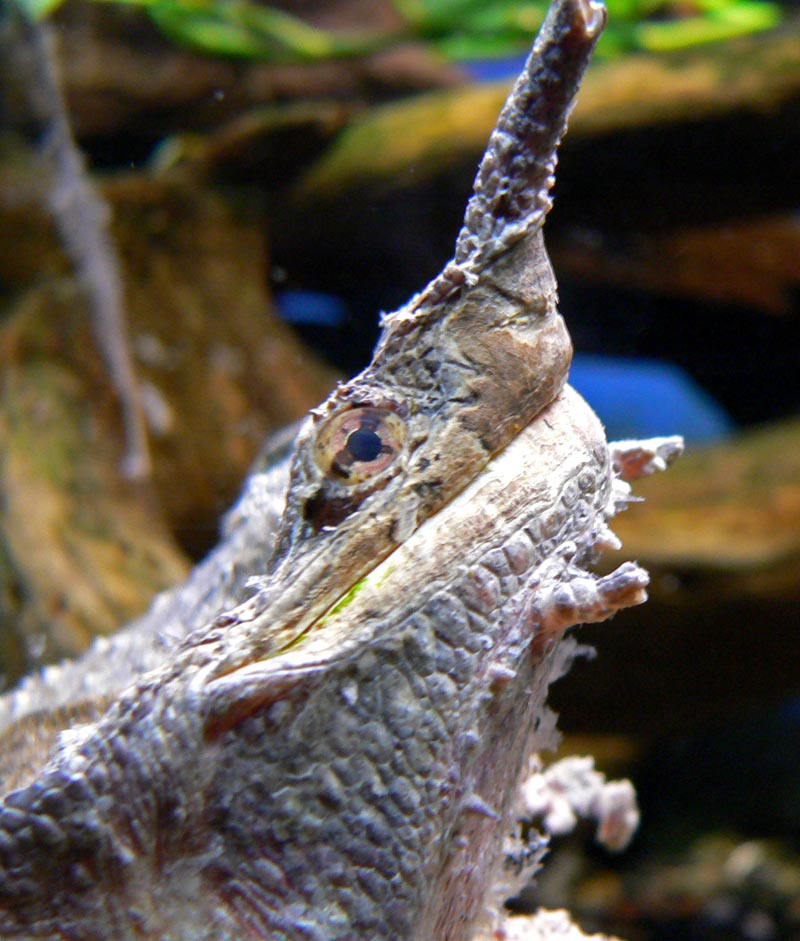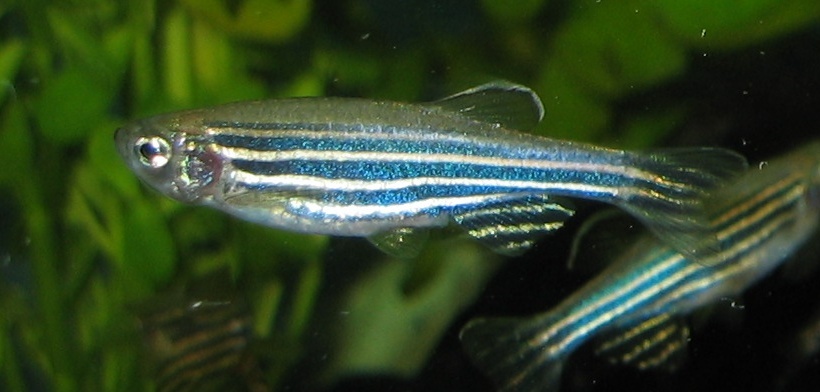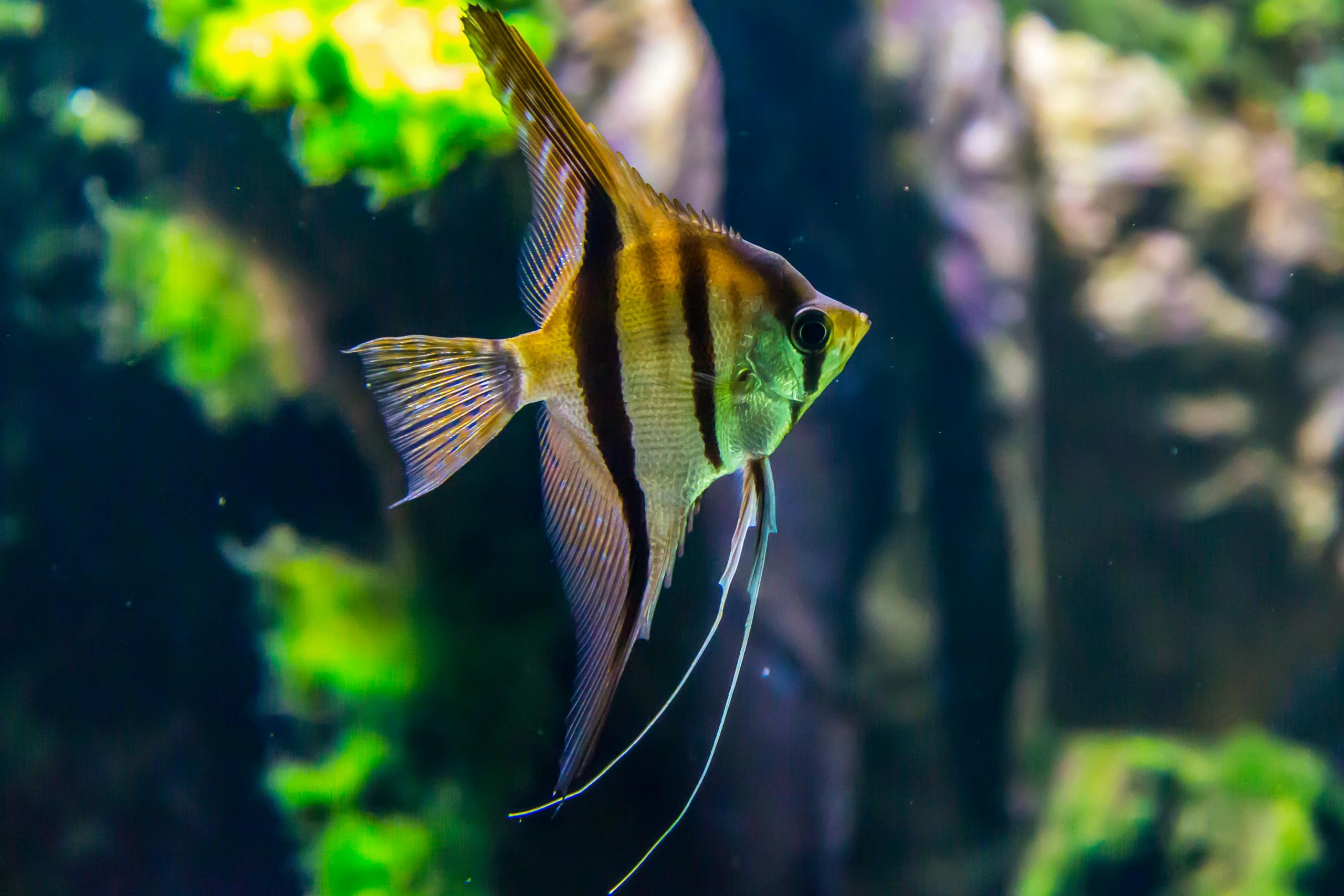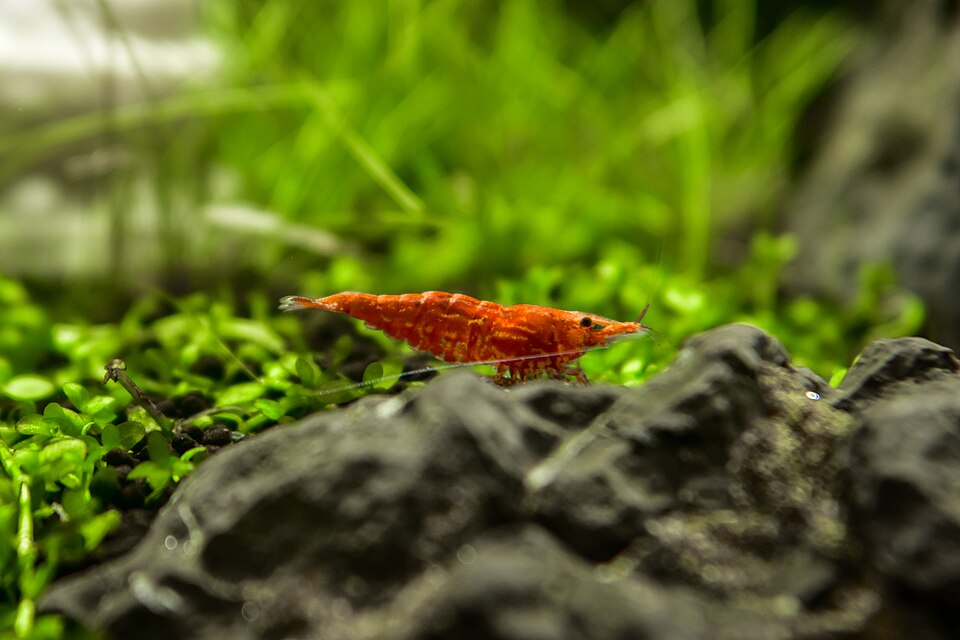Hi there, pet lovers! 🐢
For reptile enthusiasts seeking one of the most bizarre and fascinating creatures in the pet trade, the Mata Mata turtle (Chelus fimbriata) stands in a league of its own. With its leaf-like head, spiked shell, and alien-like appearance, this South American freshwater turtle is unlike any other reptile. However, owning a Mata Mata is not for beginners—or even most experienced keepers.
These turtles are highly specialized ambush predators, requiring very specific water conditions, large enclosures, and expert-level care. While they are undeniably captivating, their demanding husbandry and sensitivity to poor conditions make them a challenging and long-term commitment.
In this detailed review, we’ll explore everything potential owners need to know about Mata Matas, from their natural behaviors and ideal habitat setup to their feeding habits, health concerns, and availability.
Overview
The Mata Mata turtle is a large, fully aquatic species native to the Amazon and Orinoco basins. Known for its unusual appearance and sedentary lifestyle, this turtle is more of a display animal than a hands-on pet.
Here’s a quick summary of what makes them unique:
- Handling and Temperament: Not suitable for handling; highly sensitive to stress.
- Care and Maintenance: Requires large, meticulously maintained aquatic setups with precise water parameters.
- Health and Durability: Delicate and prone to health issues if water quality is neglected.
- Availability: Rare in the pet trade, mostly sold by specialized breeders.
- Cost: Expensive to purchase and maintain due to specialized needs.
Overall: A challenging, high-maintenance species best suited for advanced keepers with experience in aquatic reptiles.
Why Choose a Mata Mata Turtle?
Mata Matas are mesmerizing creatures, but they are not traditional pets. Unlike more interactive reptiles, these turtles are ambush predators that spend most of their time motionless, waiting for prey.
Who Should Consider a Mata Mata?
- Advanced reptile keepers with experience in aquatic species.
- Aquarium enthusiasts who can provide huge, well-filtered setups.
- Those looking for a unique display animal rather than a handleable pet.
Who Should Avoid a Mata Mata?
- Beginners or those unfamiliar with water chemistry and filtration.
- Keepers who want an interactive or handleable pet.
- Anyone unwilling to commit to long-term, high-maintenance care.

Handling and Temperament
Not a Hands-On Pet
Mata Matas are extremely sensitive to stress and should rarely, if ever, be handled. Unlike some turtles that tolerate occasional interaction, these reptiles do not adapt well to human contact.
- Stress Reactions: Can include refusal to eat, excessive hiding, or even self-harm.
- Defensive Behaviors: May snap or thrash if picked up, though they are not aggressive by nature.
- No Tail Autotomy: Unlike some reptiles, they cannot drop their tails, so injuries are permanent.
Best Practices for Minimal Stress
- Avoid handling unless absolutely necessary (e.g., for health checks).
- Use slow movements near their enclosure to prevent startling them.
- Never house with other turtles—they are solitary and territorial.
Care and Maintenance
Enclosure Setup
Mata Matas are large, fully aquatic turtles that need spacious, well-filtered tanks.
Tank Size Requirements
- Juveniles: Minimum 75-gallon tank.
- Adults: 200+ gallons (preferably larger, as they can exceed 18 inches in shell length).
- Water Depth: Should be at least twice the turtle’s shell length to allow natural swimming behavior.
Essential Habitat Features
- Soft Substrate: Sand or fine gravel to mimic riverbeds.
- Hiding Spots: Driftwood, PVC pipes, or dense aquatic plants for security.
- Low Water Flow: Prefer still or slow-moving water (avoid strong filters creating currents).
Water Quality & Parameters
Mata Matas are extremely sensitive to poor water conditions. Maintaining pristine water quality is non-negotiable.
| Parameter | Ideal Range |
|---|---|
| Temperature | 75–82°F (24–28°C) |
| pH Level | 5.0–6.5 (slightly acidic) |
| Humidity | 70–80% (for basking air) |
| Filtration | Canister filter (high-capacity) |
- Water Changes: 30–50% weekly to prevent ammonia/nitrate buildup.
- UVB Lighting: Not strictly necessary (they rarely bask) but beneficial for long-term health.
Feeding Requirements
Mata Matas are strict carnivores with a specialized suction-feeding hunting method.
Diet Breakdown
- Primary Food: Live or thawed fish (guppies, minnows, tilapia).
- Supplements: Calcium & vitamin D3 (dust prey occasionally).
- Feeding Frequency: 2–3 times per week (adults can go longer between meals).
Avoid
- Processed turtle pellets (they ignore them).
- Large prey (can cause choking—food should be smaller than their head).
Health and Durability
Common Health Issues
Due to their sensitive nature, Mata Matas are prone to:
- Shell rot (from dirty water).
- Respiratory infections (if water is too cold or stagnant).
- Parasites (especially in wild-caught specimens).
Preventative Care Tips
- Quarantine new turtles for at least 30 days.
- Test water parameters weekly (ammonia, nitrites, nitrates).
- Provide a varied diet to prevent nutritional deficiencies.

Availability and Cost
Where to Buy
- Specialized breeders (best option for healthy, captive-bred specimens).
- Reptile expos (sometimes available, but often wild-caught).
- Online retailers (high shipping stress—only use reputable sellers).
Cost Breakdown
| Expense | Estimated Cost |
|---|---|
| Mata Mata turtle | $300–$1,000+ (rarer morphs cost more) |
| Enclosure setup | $1,000–$3,000+ (tank, filter, heater, decor) |
| Ongoing costs | $50–$100/month (food, electricity, water treatments) |
Pros and Cons
Pros
✔ One of the most unique reptiles on Earth.
✔ Fascinating to observe (natural ambush predators).
✔ Long lifespan (30+ years with proper care).
Cons
✖ Extremely high maintenance (water quality is critical).
✖ Not handleable or interactive.
✖ Expensive to purchase and maintain.
✖ Rare, with limited captive-bred availability.
Final Thoughts
The Mata Mata turtle is a jaw-dropping species that captivates anyone who sees it. However, their specialized care requirements make them one of the most challenging reptiles to keep successfully.
Recommended for:
- Advanced keepers with large aquatic setups.
- Those who prioritize observation over interaction.
- Dedicated hobbyists willing to invest in long-term care.
For most reptile enthusiasts, a different aquatic turtle (like a musk or map turtle) may be a more practical choice. But for those ready for the challenge, the Mata Mata is a living masterpiece of evolution.
Have experience with Mata Matas? Share your insights in the comments below! 🐢💬
For more expert reptile care guides, stay tuned to our blog!








Leave a Reply